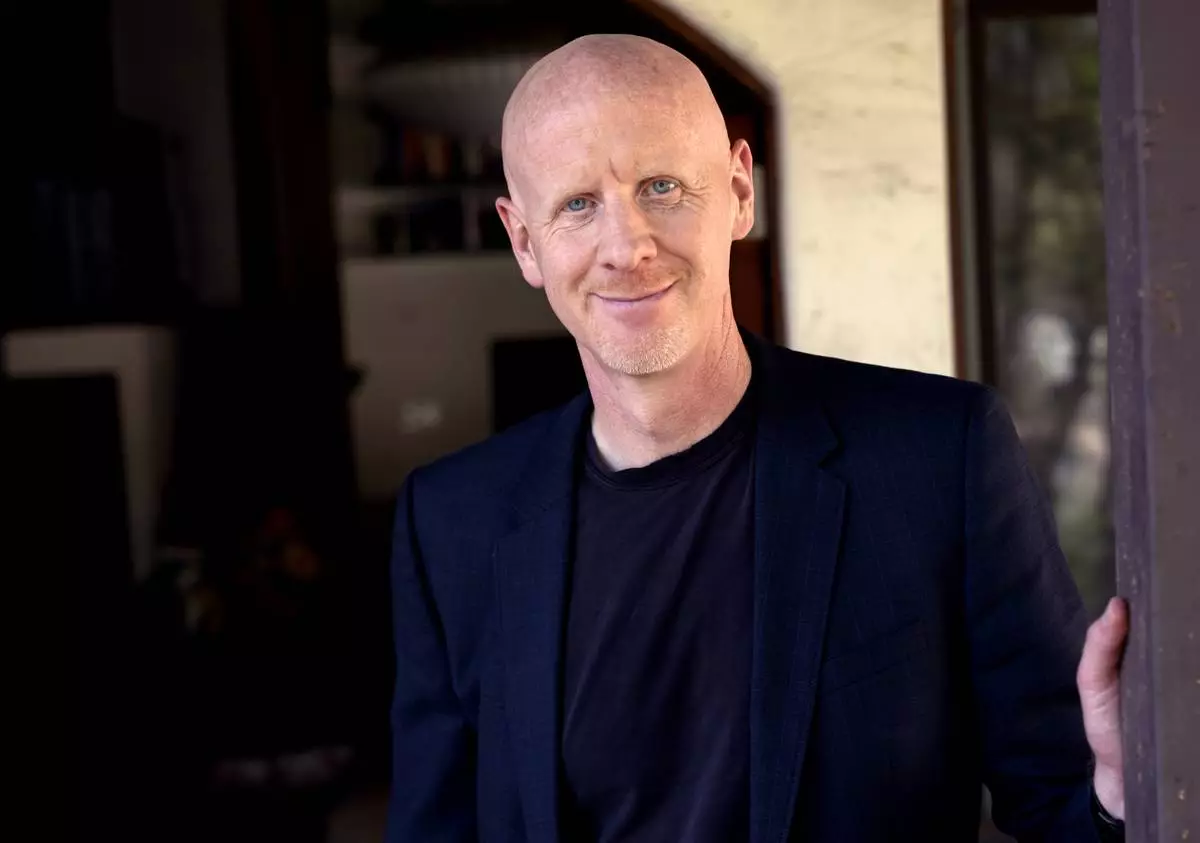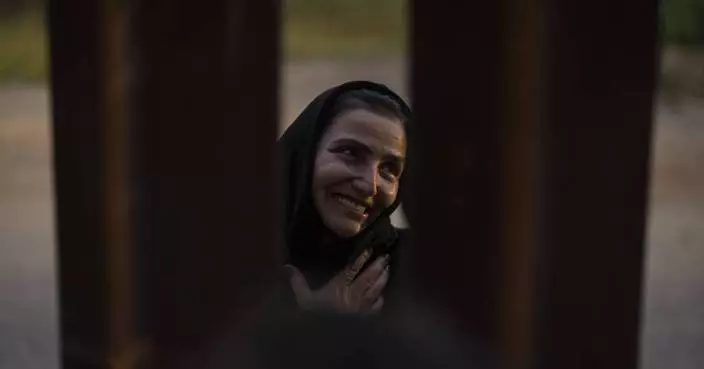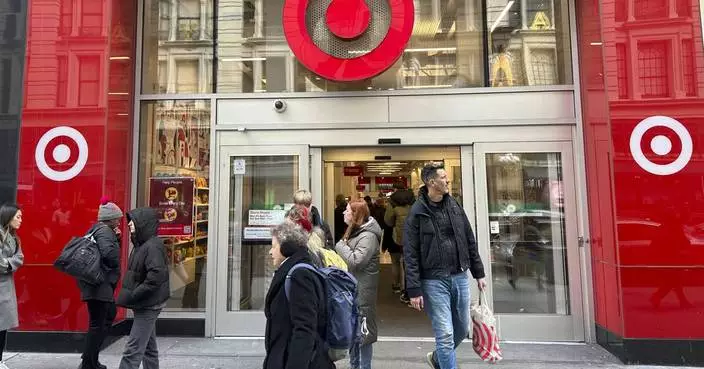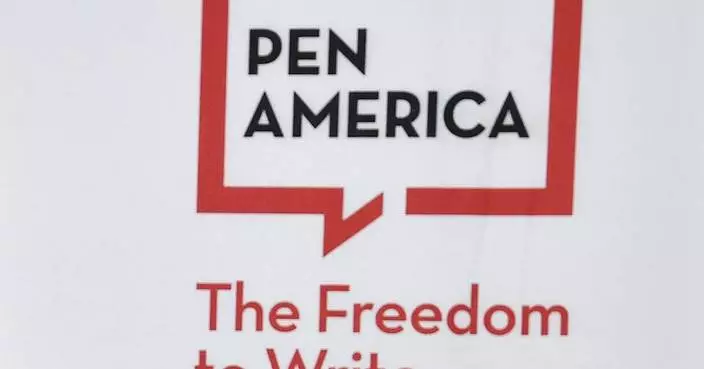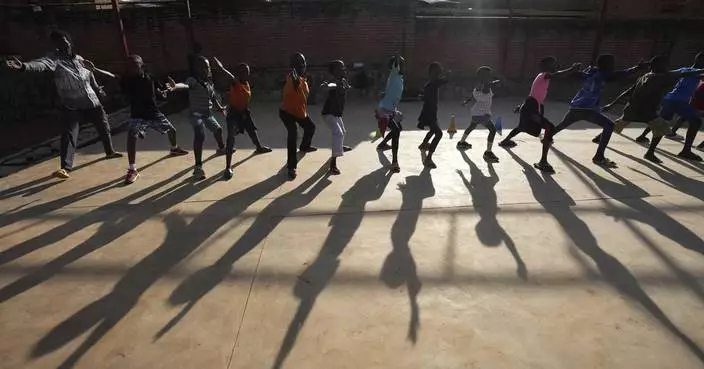Rooney accused Vardy of leaking stories about her to the media.
BODY
Coleen Rooney caused an online sensation after alleging Rebekah Vardy’s Instagram account was the source of leaked stories about her in the media.
The women, the wives of two of England’s best-known football stars in Wayne Rooney and Jamie Vardy, were embroiled in a very public row following Wednesday’s controversy.
Rooney revealed she had spent months planting fake stories on her private Instagram account, blocking everyone but Vardy from seeing them so she could then prove the source of the leaks.
This has been a burden in my life for a few years now and finally I have got to the bottom of it…… pic.twitter.com/0YqJAoXuK1
— Coleen Rooney (@ColeenRoo) October 9, 2019
Vardy issued a furious denial while a spokesman for Rooney said it was “irrefutable” the leaks came from “one account, and one account only”.
Interest in the shock whodunnit, imaginatively labelled #WagathaChristie online, has stretched far beyond the UK’s borders, with news outlets around the world informing their readers of Rooney’s sleuthing prowess.
Nowhere has been more engrossed than the US, where the story has been picked up by its most prestigious newspaper, the New York Times.
@ColeenRoo pic.twitter.com/VkhkkIa6nh
— Rebekah Vardy (@RebekahVardy) October 9, 2019
The Gray Lady, as the venerated paper is called, said Rooney has “largely lived in the shadow of her far more famous husband” but she “revealed a different side of herself” with Wednesday’s revelations.
Rooney is a “detective who ran her own sting operation to expose the person who had betrayed details about her family life” to the media, according to the Times.
And the fallout from the controversy has revived “the topic of ‘WAG’ culture”, The Times said, explaining the term as “the shorthand given to the circus atmosphere that used to surround the wives and girlfriends of the players on the English national team”.
“It’s ……….Rebekah Vardy’s account.” https://t.co/F3g58opXcC
— The New York Times (@nytimes) October 9, 2019
In a separate piece in which it asked a reporter from its London bureau to explain the furore to Americans, the Rooney-Vardy feud was described as “the story everyone needs”.
The Times journalist, Elizabeth Paton, added: “The internet has been breaking here since news of the spat first surfaced; it appears people can’t — or won’t — think of anything else. Ms Rooney is being heralded as a new national heroine.”
Who are Coleen Rooney and Rebekah Vardy? A London-based reporter explains the feud playing out in the public sphere for American readers. https://t.co/oY69KHyISg
— The New York Times (@nytimes) October 9, 2019
Another of the US’s distinguished outlets, the Washington Post, covered the story and had the added incentive of Rooney playing for its local Major League Soccer team, DC United.
Coleen Rooney plays Instagram detective, publicly accuses another player’s wife of leaking to tabloids https://t.co/cHsHXnAjoZ
— The Washington Post (@washingtonpost) October 9, 2019
Under a headline describing the incident as “War Of The Wags”, the Post, best known for its investigation of the Watergate scandal in the early 1970s, said Rooney mounted a “five-month social media sting operation” to catch the alleged culprit.
Away from America’s broadsheets, the tabloid New York Daily News said Rooney had “smoked out” Vardy.
Coleen Rooney pulled off an elaborate, months-long sting that eventually snared Rebekah Vardy and British tabloid The Sun.
Rooney and Vardy are the wives of British soccer stars Wayne Rooney and Jamie Vardy.https://t.co/4BookaqTFu
— New York Daily News (@NYDailyNews) October 9, 2019
It compared the ruse to a similar one carried out by the National Basketball Association (NBA), which sent out slightly different memos to its teams to see who was providing information to a high-profile journalist.
USA Today provided its readers with a break down of what happened, informing its audience “one of the great soccer stories of recent memory” had taken place.
Getting to the bottom of one of the great soccer stories of recent memory.https://t.co/5zHdmT9jl8
— USA TODAY Sports (@usatodaysports) October 9, 2019
“This story has everything: A mystery, an investigation, a surprise twist, a denial. It’s got it all”, the outlet said.
E! News, one of the biggest entertainment outlets in the US, said the incident was the “Internet’s Most Buzzed-About Feud” in the headline of its online story.
Coleen Rooney vs Rebekah Vardy: Breaking Down the Internet's Most Buzzed-About Feud https://t.co/Nyal1pVq3S
— E! News (@enews) October 9, 2019
It noted that “before today, these two women were otherwise entirely unknown in the realm of American pop culture” but now “Coleen and Rebekah are now on everyone’s radar thanks to Coleen’s expert sleuthing skills”.
And it was not just America which was fascinated with the controversy.
Germany’s biggest newspaper, Bild, also covered the story, as did outlets in Australia, Norway and India.



